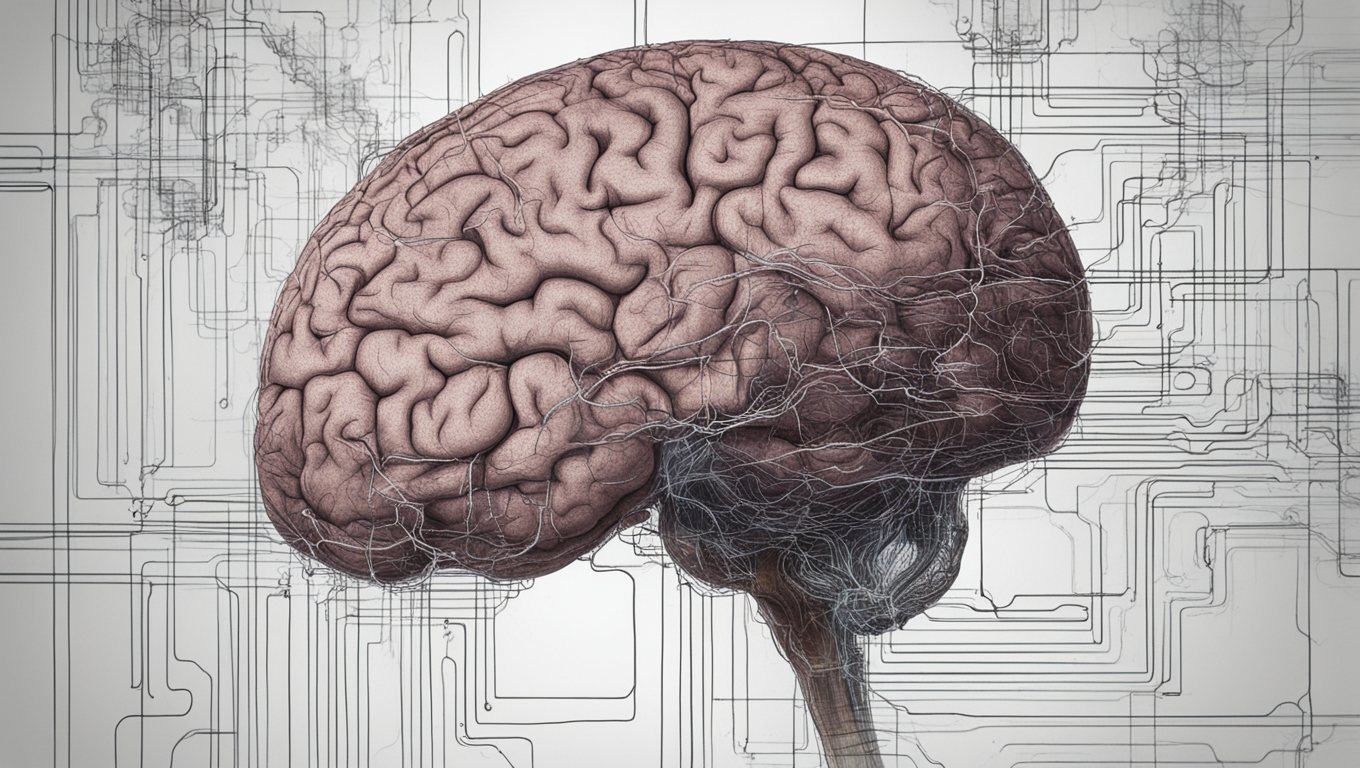In a groundbreaking study conducted by the HuthLab at the University of Texas, neuroscientists have made significant progress in decoding thoughts using a combination of artificial intelligence (AI) and brain imaging technology. This study represents a major advancement in the field of neuroscience and has the potential to revolutionize our understanding of the human mind.
For the first time, the researchers were able to translate the thoughts and impressions of people who were unable to communicate with the outside world into continuous natural language. Alexander Huth, the neuroscientist who co-led the research, explained the significance of this achievement: “We’re getting at meaning - something about the idea of what’s happening. And the fact that’s possible is very exciting.”
By combining AI and brain-scanning technology, the team developed a non-invasive brain decoder that can reconstruct continuous natural language. This breakthrough has tremendous implications for individuals suffering from neurological diseases such as locked-in syndrome and quadriplegia. It could also pave the way for public applications like brain-controlled smartphones and health monitors.
However, with these exciting technological advancements come significant ethical and legal concerns. The ability to decode the thoughts of individuals raises questions about privacy and personal identity. There is a need to ensure that the potential benefits of this technology are not outweighed by its potential for harm.
The study builds upon centuries of scientific exploration into the human brain. Early attempts to understand the brain, such as phrenology, were based on the idea that different regions of the brain were responsible for different psychological functions. While phrenology has been discredited, it laid the groundwork for future research into the brain’s complex workings.
Today, neuroscientists use advanced scanning tools like functional magnetic resonance imaging (fMRI) to map the structure and function of the brain. This technology allows researchers to measure changes in local blood flow that are linked to changes in neural activity. It has paved the way for breakthroughs in brain-computer interfaces (BCIs) that can help individuals with impaired motor systems regain control of their movements.
The HuthLab study represents a significant leap forward in the development of BCIs. By training their decoder on individual patients, the researchers were able to reconstruct continuous language solely based on brain activity patterns. While there were some mistakes, the results demonstrate the closest we have come to truly reading someone’s thoughts.
Despite these promising advancements, there are still challenges to overcome. The study used fMRI, which is non-invasive but slow. Researchers hope that future developments in wearable devices, like functional near-infrared spectroscopy (fNRIS), will provide faster and more accessible brain imaging options.
As this technology progresses, it is crucial to address the ethical and legal implications. Protecting patient privacy and ensuring informed consent are paramount. Chile has taken a significant step in this direction by introducing legislation that recognizes the intensely personal nature of neural data. However, there is ongoing debate about the need for new rights and the potential impact on beneficial research for disabled patients.
Overall, the HuthLab study marks a pivotal moment in our understanding of the human brain. While there is still much work to be done, the potential for brain-computer interfaces to transform lives is immense. As we enter this new era of mind-reading technology, it is essential to proceed with caution and carefully consider the ethical implications. Only then can we fully harness the power of these technologies while protecting the privacy and wellbeing of individuals.





Use the share button below if you liked it.